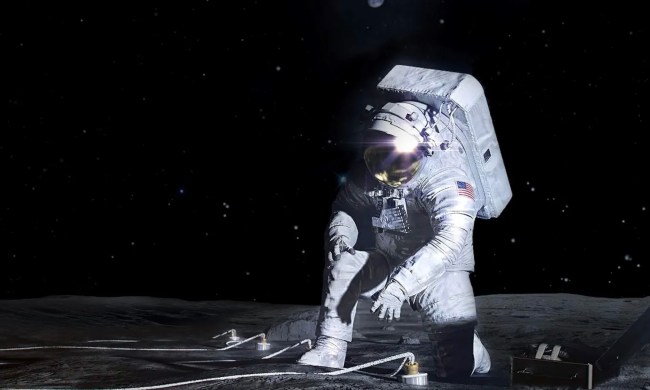NASA has been performing ongoing tests of its new Space Launch System, also known as the Mega Moon Rocket, which is intended to power an uncrewed trip to the moon later this year and, eventually, to carry humans back to the moon as well. The agency has encountered a variety of issues during the testing process, and it recently attempted a third, modified version of its wet dress rehearsal, but that was called off partway through once again.
NASA has said that the issues it is encountering are not big design problems but rather smaller, technical problems. In a press conference this Friday, April 15, it said it may attempt the test once again as soon as this Thursday, April 21.

The most recent version of the test, in which the rocket is rolled out to the launch pad and is filled with liquid propellant, was modified from previous efforts to focus on using the ground systems to fill the rocket’s core stage tanks, rather than trying to fill the upper stage as well. However, even with this modified test, there were still issues, following a fan issue in the first test and a stuck valve in the second test. In the most recent test, the team identified a liquid hydrogen leak and had to call the test off. Liquid hydrogen is one of the two fuels used, along with liquid oxygen.
“Engineers encountered a liquid hydrogen leak on the tail service mast umbilical that prevented the team from completing the test,” NASA wrote. “Before ending the test, teams were able to collect additional data by chilling down the lines used to load propellant into the upper stage. The rocket remains in a safe configuration as teams assess next steps.”
The core stage liquid oxygen tank was filled almost halfway when the test was called off, the agency wrote in an update, and the liquid hydrogen tank was filled to around 5% of its capacity. Seeing the leak, the team had to then drain the propellant back out of the rocket to find the source of the leak.
In its press conference, NASA Artemis mission manager Mike Sarafin said the team could try the test again as early as this Thursday, but they would have to work around a busy schedule at Kennedy Space Center, including the launch of the Crew-4 SpaceX Crew Dragon mission to the International Space Station on Saturday, April 23.



